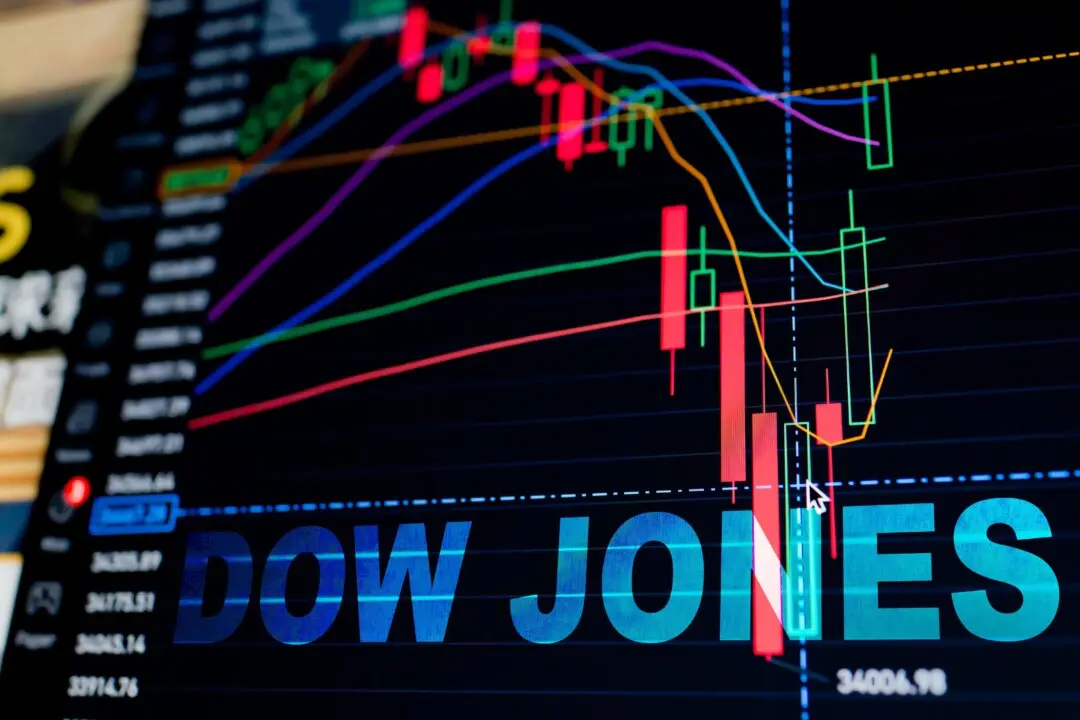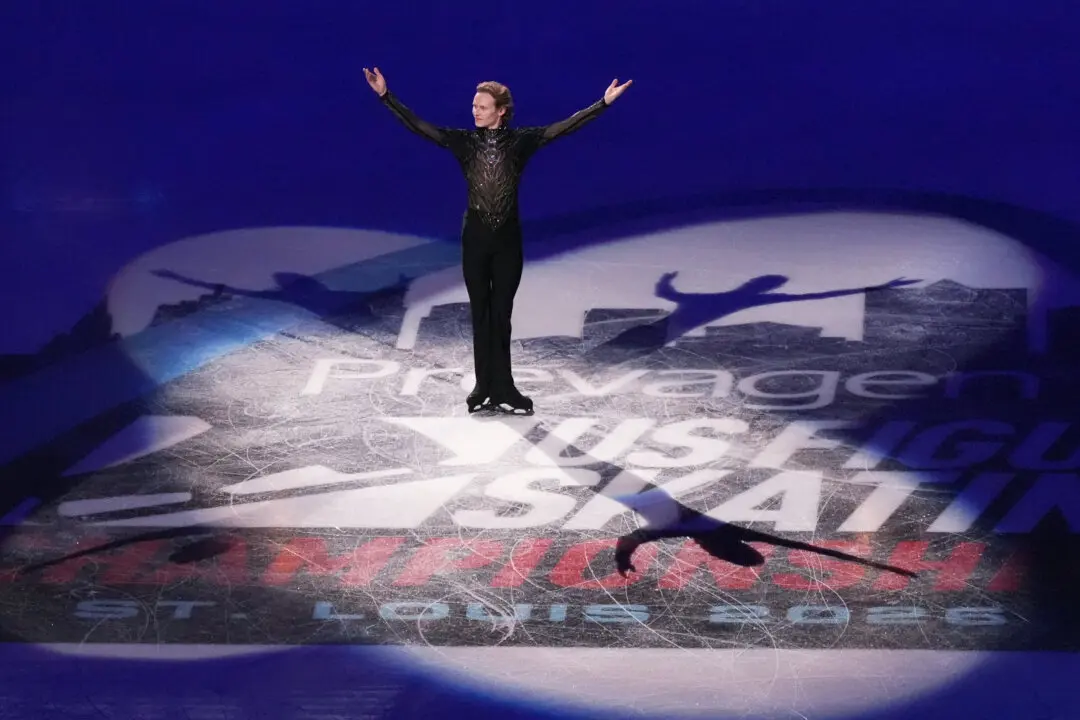The pilot of the helicopter that crashed near Los Angeles, killing former NBA superstar Kobe Bryant and eight others, told air traffic controllers in his last radio message that he was climbing to avoid a cloud layer before plunging more than 1,000 feet into a hillside, an accident investigator said.
Radar indicated the helicopter reached a height of 2,300-feet Sunday morning before descending, and the wreckage was found at 1,085-feet, Jennifer Homendy of the National Transportation Safety Board said during a news conference Monday afternoon.
NTSB investigators went to the crash site Monday to collect evidence.





